

|
|
|


|
|
1/10 Scale Electric Rally/Touring Car:
Team Associated RC10DS and DS Qualifier - Radio Controlled ModelHistory and Information for the RC10 DS:
Released by Team Associated in 1996, the 2WD RC10DS (Dual Sport) Touring Car, was based on the RC10 Buggy and was originally available in three kit forms: Sport - # 8080 and # 8081, and Racer - # 8085. A Conversion kit - # 8089 - was also available, that came with all that was required to convert any of the old Tub Chassis based RC10 buggy or RO10T truck to On-Road.
▼ Scroll Down for More Images ▼
|








|
|
|

★ Team Associated RC10DS Comparison Chart ★
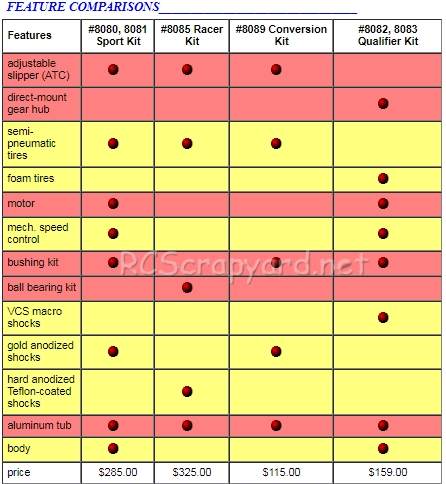
★ Team Associated RC10DS ★
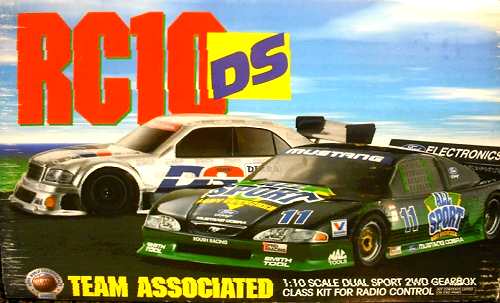
★ Team Associated RC10DS ★
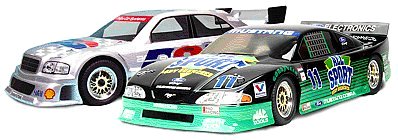
★ Team Associated RC10DS ★
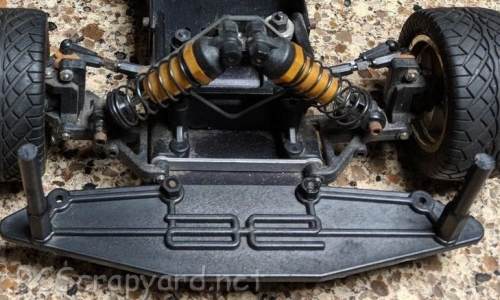
★ Team Associated RC10DS ★
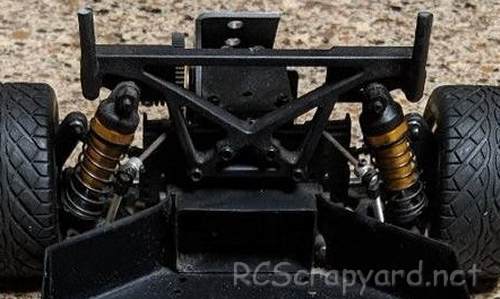
★ Team Associated RC10DS ★
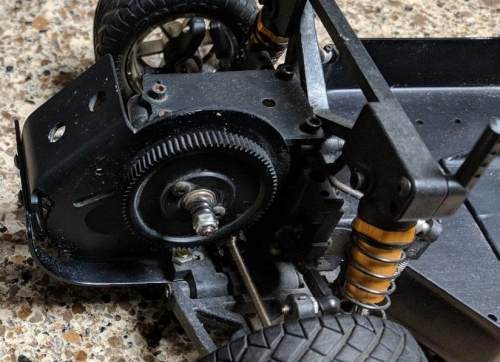
|
Buying a Used Team Associated RC10 DS
|
|
Manufacturers and Brands Catalogued, Listed and Reviewed by RC-Scrapyard.
At present, the RC Model Manufacturers, Brands and Distributors covered by us are: ABC Hobby, Academy, Acme Racing, Agama Racing, Amewi, Ansmann Racing, ARRMA, Team Associated, Atomic RC, Axial, AYK, Bolink, BSD Racing, Capricorn, Carisma, Carson, Caster Racing, Cen, Corally, Custom Works, Durango, Duratrax, ECX - Electrix, Exceed RC, FG Modellsport, FS-Racing, FTX, Fujimi, Gmade, GS-Racing, Harm, HBX, Helion, Heng Long, Himoto Racing, Hirobo, Hitari, Hobao, Hong-Nor, Hot Bodies, HPI, HSP, Intech, Integy, Jamara, JQ Products, Kawada, Kyosho, Losi, LRP, Maisto, Mardave, Marui, Maverick, MCD Racing, Megatech, Mugen, New Bright, Nichimo, Nikko, Nkok, Ofna, Pro-Pulse, Protech, PTI, RC4WD, Redcat Racing, RJ-Speed, Robitronic, Schumacher, Seben, Serpent, Smartech, Sportwerks, Step-Up, Tamiya, Team-C Racing, Team Magic, Thunder Tiger, Tomy, Top Racing, Traxxas, Trinity, Tyco, Vaterra RC, Venom, VRX Racing, WLToys, X-Factory, Xmods, Xpress, Xray, XTM, Yankee RC, Yokomo, ZD Racing and Zipzaps. |
|
Hints, Tips and Information Electric Motors for RC ModelsWinds and Turns
Q/ What does 15x2 or 17x3 mean? |
|
Hints, Tips and Information
The Importance of Suspension Droop
When you pick up your RC model car, the suspension arms naturally drop, this is termed as Droop and should be equal from side to side, but can vary from front to rear. |
|
RC Models:
|
Radio & Motors: |
Other
Accessories: |